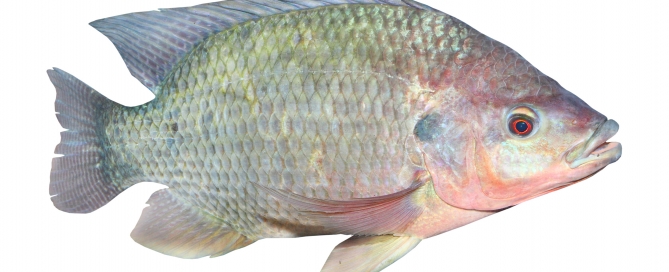Introduction to Tilapia Sex-Determination and Sex-Reversal
Kevin Fitzsimmons
University of Arizona
One of the basic factors of tilapia aquaculture is that male fish grow bigger and faster than the females. Also, in order to avoid unwanted spawning in a production unit, all-male populations are preferred. There are several methods used to skew sex ratios and increase the percentage of males in a population.
The first method developed was to simply cull through a population, discard the females and keep the males. This system is obviously wasteful and inefficient. In the 1960’s and 70’s, Israeli scientists discovered that certain hybrid crosses resulted in skewed sex ratios favoring males. There are several theories regarding the genetic factors involving the number and location of sex genes on particular chromosomes. The use of hybrid crosses is still one of the primary methods of producing mostly male populations. The drawback to this method is that two separate broodlines must be maintained. The crossing must be done very carefully and meticulous records should be kept to insure that the parent species are kept pure. Also, usually only one sex from each species is used for any particular cross because the reciprocal cross (using the other sex from each species) is not as successful. Another problem is that the number of young produced is rarely as high as a single species spawn. Therefor, to maintain a commercial scale hatchery will usually require significant resources and staff.
The more common method of generating mostly male populations is through the use of steroids fed to sexually undifferentiated fry. Newly hatched tilapia are still developing their gonads. Even though they are determined genotypically their phenotype, or morphological characteristics can still be altered. By exposing the fish to forms of [...]





